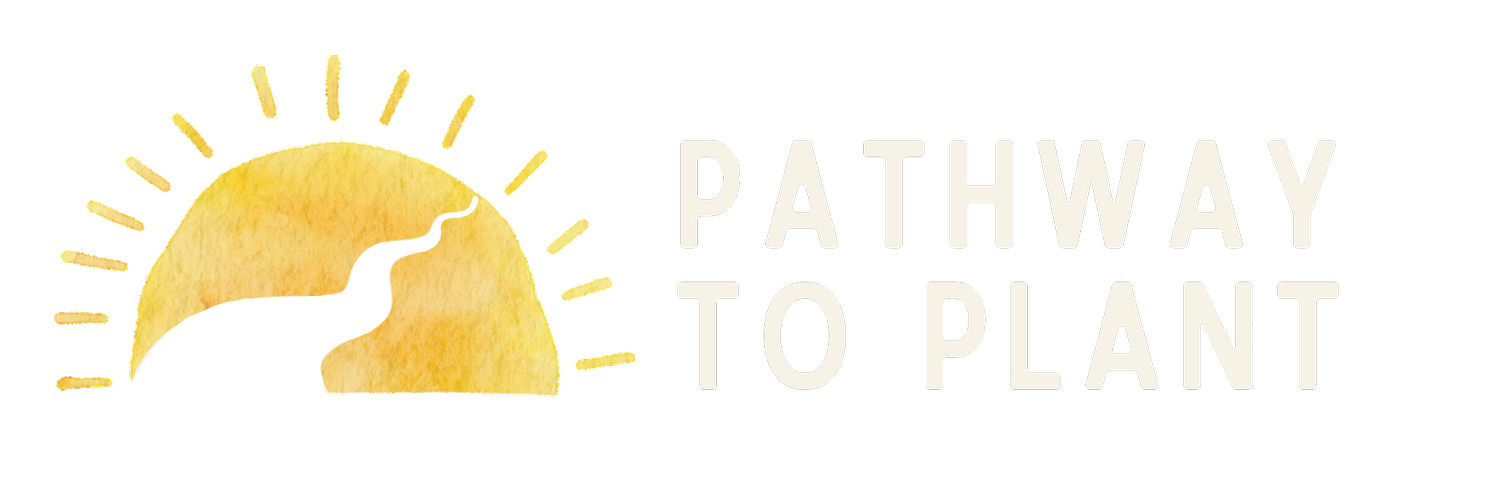Frost Dates
Holy moly the last frost date in NYC this year is April 1st. When I was beginning my horticultural journey, taking the Fundamentals of Gardening class at New York Botanic Garden 10 years ago, the last frost date was May 15th. And I have proof! I was going through gardening papers and found an old forgotten info page with first and last frost dates for 2010. From May 15 to April 1, now that is a major shift.
The last frost is a gardening term that refers to the average last day on the way from Winter to Spring that the night-time temperature dips below 28 degrees F, which is the temperature that can kill tender plants. This date informs gardeners that, going forward, it is safe to plant tender annuals outside by sowing seeds or transplanting/ and safe to harden off young plants in the yard that were started by seed indoors.
Cool, the last frost happens earlier in the year, so what does that mean for us as gardeners and as people?
Well, as gardeners that means we get an earlier start to the growing season. Yes! We can extend the season by a whole three weeks, which means we can harvest sooner and begin our kitchen adventures with said harvest to feed our souls and our stomachs. Good news! Ah but remember, to maintain balance when one part lengthens, another shortens. The winter rest period is shortened by three weeks (more too on the other end of the season). That means less time for gardeners and perennial plants alike to recuperate and restore after an active season of growth and production. Let us acknowledge the shortened time and be easy on our bodies and those of the plants.
And as people, what does a seasonal shift signify for us as people? Here in the big city, often, the most telling sign of the seasonal shift are display windows of stores switching to display goods suitable for the upcoming season. That is how capitalism tells us when the season changes, but mother nature has been doing it better for longer. A seasonal shift for urban folk means that we get to venture outside sooner. We get to see the buds on the trees swell. The days are still the same length, they are just warmer than the last year. We can feel the soft cool breeze that signifies a change is on the way. What are other ways to connect and notice the changing season?
This year there is a greater force affecting the regular garden season that trumps climate and seasonal shift. It is the corona virus, the pandemic that has changed all our lives so drastically and is keeping us indoors despite the beckoning sun. While the spring bulbs continue to bloom, as buds on trees and shrubs swell and perennial crowns begin to push out the first growth we humans are forced inside.
This seasonal shift means that I am unable to ‘open’ gardens for the season and do the necessary maintenance work that will help urban plants thrive. The natural world continues on and I am left feeling vacant and wondering how all the gardens I cannot welcome are faring. Capitalism suffers from this shift too, the store windows are unable to display their Spring wares as stores remain shut and people remain shut-in. On a positive note, the empty streets allow us more space to see the budding trees and shrubs in the neighborhood. We can tap into the clues of the blossoming spring that mother nature shares with us.
We as a species have immense capabilities of adaptation. It has become second nature because of its frequency, but we must remember that here in the Northeast USA we adapt 4 times every year to seasonal change and the new challenges and joys it brings. Over the last 10 (or more) years we, all over the world, have been making slow changes to accommodate worldwide climate change, the same change that caused the last frost date of NYC to move up 3 weeks. And now we find ourselves making large, quick changes to promote health and safety in order to adapt to life during a global pandemic. Let us take a moment to remind ourselves of how much we’ve adapted in this moment. Despite the hardships and the grief, we are still here.
The ability to adapt can guide us through this period and the unknown that lies ahead. Moving at a slower pace than usual we are able to tune in to the signs coming from the earth around us which can ignite our instinct as we search for guidance toward a place of societal health.

